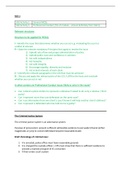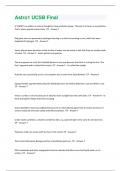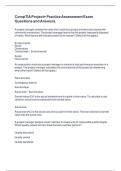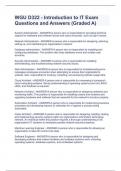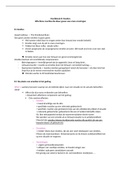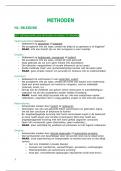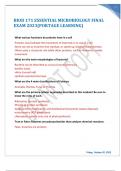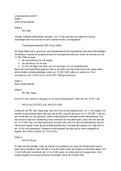Summary
Summary HIGH DISTINCTION (92%) LPC CRIMINAL LAW NOTES (WITH EXAM STRUCTURES)
- Course
- Institution
All you need for the exam. Detailed SGS Activity notes, alongside exam structures - have this by your side during the open book exam and it will be hard not to get a distinction.
[Show more]
